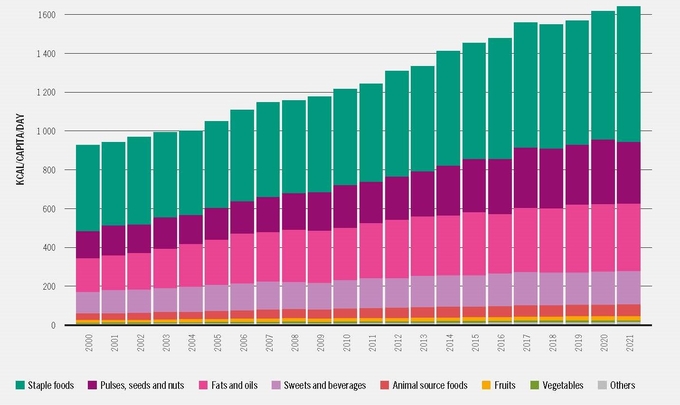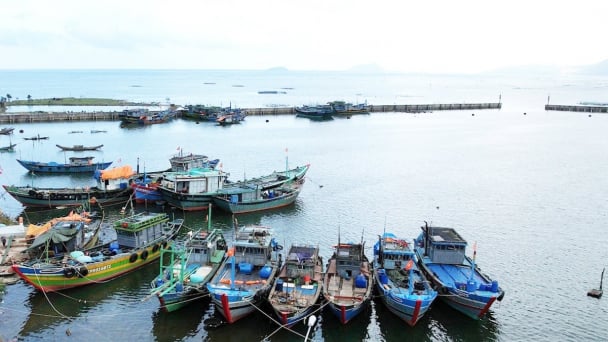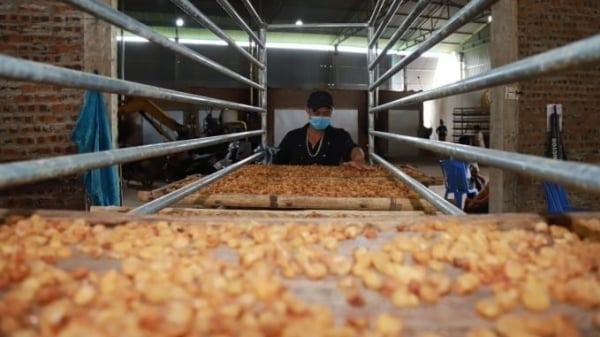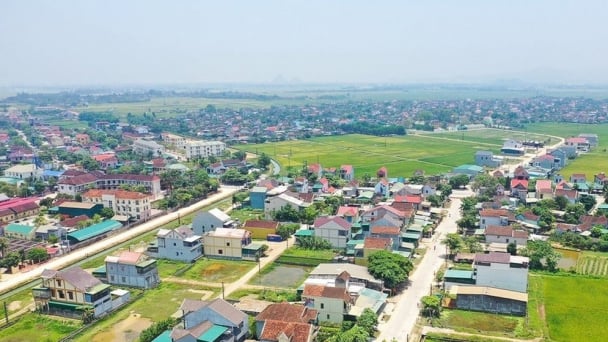May 18, 2025 | 22:09 GMT +7
May 18, 2025 | 22:09 GMT +7
Hotline: 0913.378.918
May 18, 2025 | 22:09 GMT +7
Hotline: 0913.378.918

Evolution of food trade by category since 2000.
International trade of food and agricultural products has grown robustly in recent decades and makes very significant contributions to food and nutrient diversity, availability and affordability around the world, a new report from the Food and Agriculture Organization of the United Nations (FAO) shows.
At the same time, trade can, in some contexts, be an accelerator of unwelcome changes in dietary patterns, boosting consumption of foods with low nutritional value, and high in fats, sugar and/or salt. This highlights the need to develop trade policies that are coherent with national nutrition and public health objectives, according to The State of Agricultural Commodity Markets (SOCO) 2024.
“The expansion of global food trade has been influenced by multilateral trade rules that have shaped a freer, fairer, and more predictable trade environment, which, along with an increasing number of regional trade agreements, has promoted trade in food,” said FAO Director-General QU Dongyu.
The report, entitled Trade and Nutrition: Policy Coherence for Healthy Diets, emphasizes the need to strengthen policy coherence between trade and nutrition sectors to make sure that trade does not undermine diet quality and contribute to rising rates of obesity and overweight.It also notes that links between trade and nutrition are intricate and heterogeneous, and warrant closer attention. As incomes rise, a welcome effect of development, import demand for ultra-processed foods rises even faster, underscoring the utility of enabling policy makers to consider the role of nutrition.
Trade is fundamental for food security and nutrition
International trade on average doubles the diversity of foods available in a country catalyzing more diverse food supply and diets which are a net plus for nutrition goals, especially in countries with less diverse geographies such as Kiribati or Norway. Dietary diversity is key for the adequacy of micronutrient supply.
Trade-driven diversity also leads to a more equal distribution of nutrients such as vitamin C, calcium, and zinc, which is key given that the domestic food production of many countries does not meet the nutrient requirements of their populations. SOCO 2024 presents ample data on how global flows of critical nutrients fill such gaps.
Food prices tend to be lower in countries that are open to trade. This finding applies across the board including staples, fresh foods, and processed foods.
Although food trade is a cornerstone of food security, in some contexts it may produce unwanted effects, in particular obesity, a subject that SOCO 2024 investigates in depth. The worldwide prevalence of undernourishment, FAO’s anchor metric for hunger, declined to 9.2 percent in 2022 from 12.7 percent in 2000.
Over that period, the global prevalence of obesity in the adult population increased from 8.7 percent to 15.8 percent.Trade has increased in all food categories, and at all processing levels, since 2000. Staple foods account for the largest share of calories traded, but their share is declining while those of fats and oils, pulses, seeds and nuts and animal-source foods is rising.
Some key findingsNearly 5 000 trillion kilocalories were traded in 2021, more than double the dietary energy traded in 2000. Daily per capita food trade increased to1 640 kcal from 930 over that time.A 10 percent increase in income results in an 11 percent increase in the demand for imports of ultra-processed foods and a 7 percent increase in the demand for imports of unprocessed and minimally processed foods.
Between 1961 and 2021, the global per capita average dietary energy available for human consumption increased by 35 percent, from 2 200 to 2980 calories per person per day. In 1961, staple foods accounted for 57.4 percent and declined to 48.4 percent. The share of animal source foods grew from 12.2 percent to 15.1 percent and that of fats and oils increased from 8.4 to 12.7 percent.
Per capita trade in vitamin C and calcium from food increased by almost 90 percent between 2000 and 2021.
In 2020, countries produced an average of 120 different food items, while trade lifted the number of food items available to an average of 225, with significant growth recorded in the past decade.
Ultra-processed foods accounted for 7 percent of globally traded calories, and 12 percent of food imports in high-income countries in 2021. In monetary terms, the value of imported ultra-processed foods was much larger than their caloric share.
Increasing investment and innovation in food processing sectors means more processed foods are available locally and distributed widely through the proliferation of supermarkets. SOCO presents evidence of how the pace of dietary transformation in low- and middle-income countries linked to this, and to rapid urbanization, significantly outpaces such changes in what are now high-income countries.
Trade governance
While trade liberalization has numerous benefits for food security, questions linger about whether it is conducive to healthy diets. An analysis for SOCO 2024 using FAO’s Cost and Affordability of a Healthy Diet indicator found that higher import tariffs are associated with higher food prices irrespective of the healthy qualities of the foods, indicating that, in general, trade openness does not have a disproportionate effect on high-energy low-nutrition foods.
The SOCO 2024 report offers considerations of the role of modern regional trade agreements, which go beyond market access and tariff reductions and focus more on harmonizing non-tariff measures and domestic regulations covering standards related to additives, pesticide residues and labelling requirements.
It finds some evidence that regional trade agreements with a high number of sanitary and phytosanitary provisions tend to increase imports of ultra-processed foods, which are also notably more responsive to income changes.
The report also reviews case studies of efforts to integrate nutrition goals into trade policies and how these can comply with or run afoul of multilateral rules.
(FAO)

(VAN) The decree on Extended Producer Responsibility (EPR) ensures transparent management and disbursement of support funds, avoiding the creation of a “give-and-take” mechanism.

(VAN) Hue City rigorously enforces regulations regarding marine fishing and resource exploitation, with a particular emphasis on the monitoring of fishing vessels to prevent illegal, unreported, and unregulated (IUU) fishing.

(VAN) Hanoi People's Committee has issued a plan on reducing greenhouse gas emissions in the waste management sector with 2030 vision.

(VAN) Vietnam's draft amendment to Decree No. 156 proposes a mechanism for medicinal herb farming under forest canopies, linking economic development to population retention and the sustainable protection and development of forests.

(VAN) In reality, many craft village models combined with tourism in Son La have proven effective, bringing significant economic benefits to rural communities.

(VAN) The international conference titled Carbon Market: International experiences and recommendations for Vietnam was successfully held recently in Ho Chi Minh City.

(VAN) According to the Project on rearranging provincial and communal administrative units, in 2025, the country will have 34 provinces/cities, 3,321 communes, wards, and special zones, and no district-level organization.